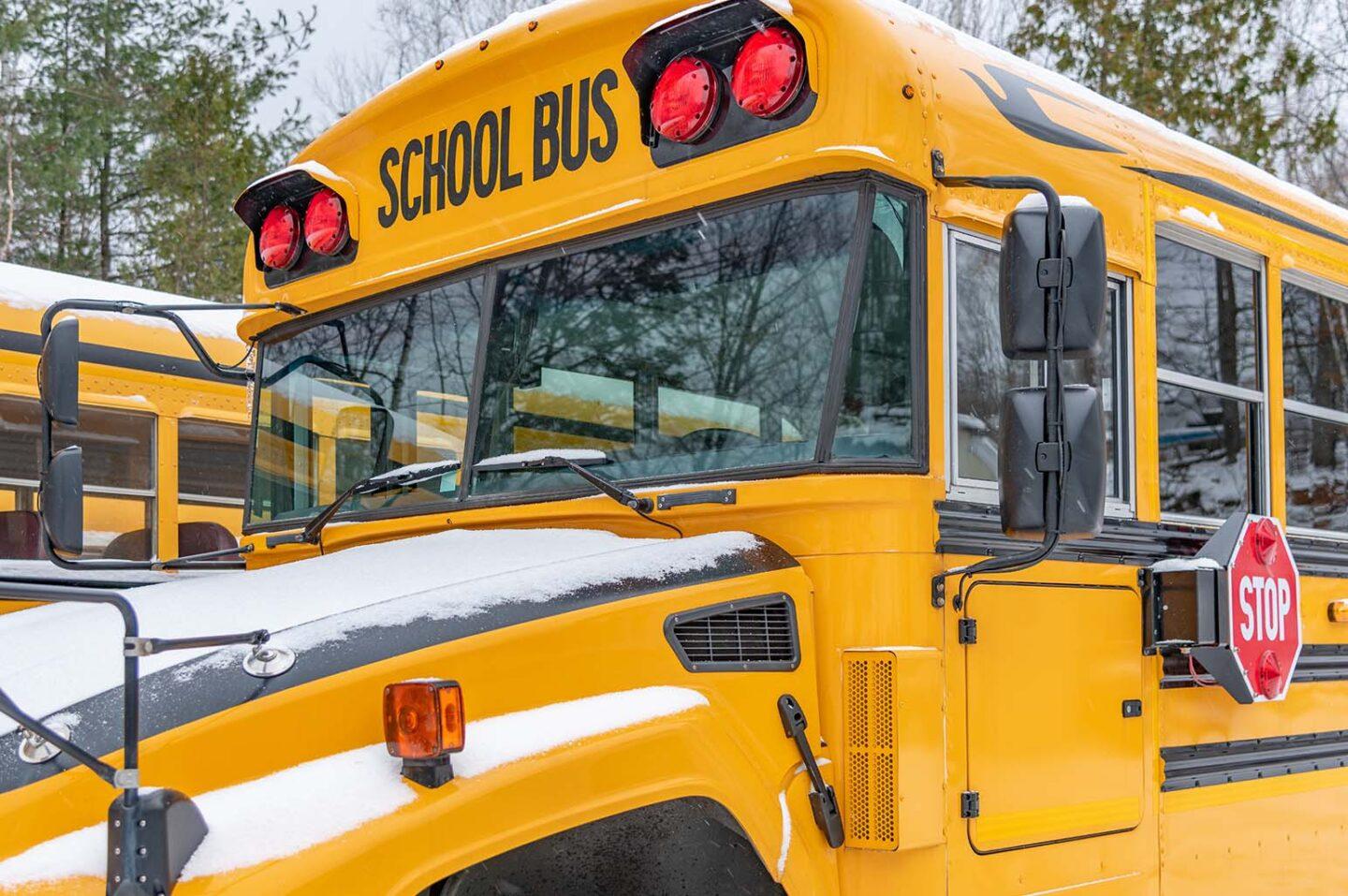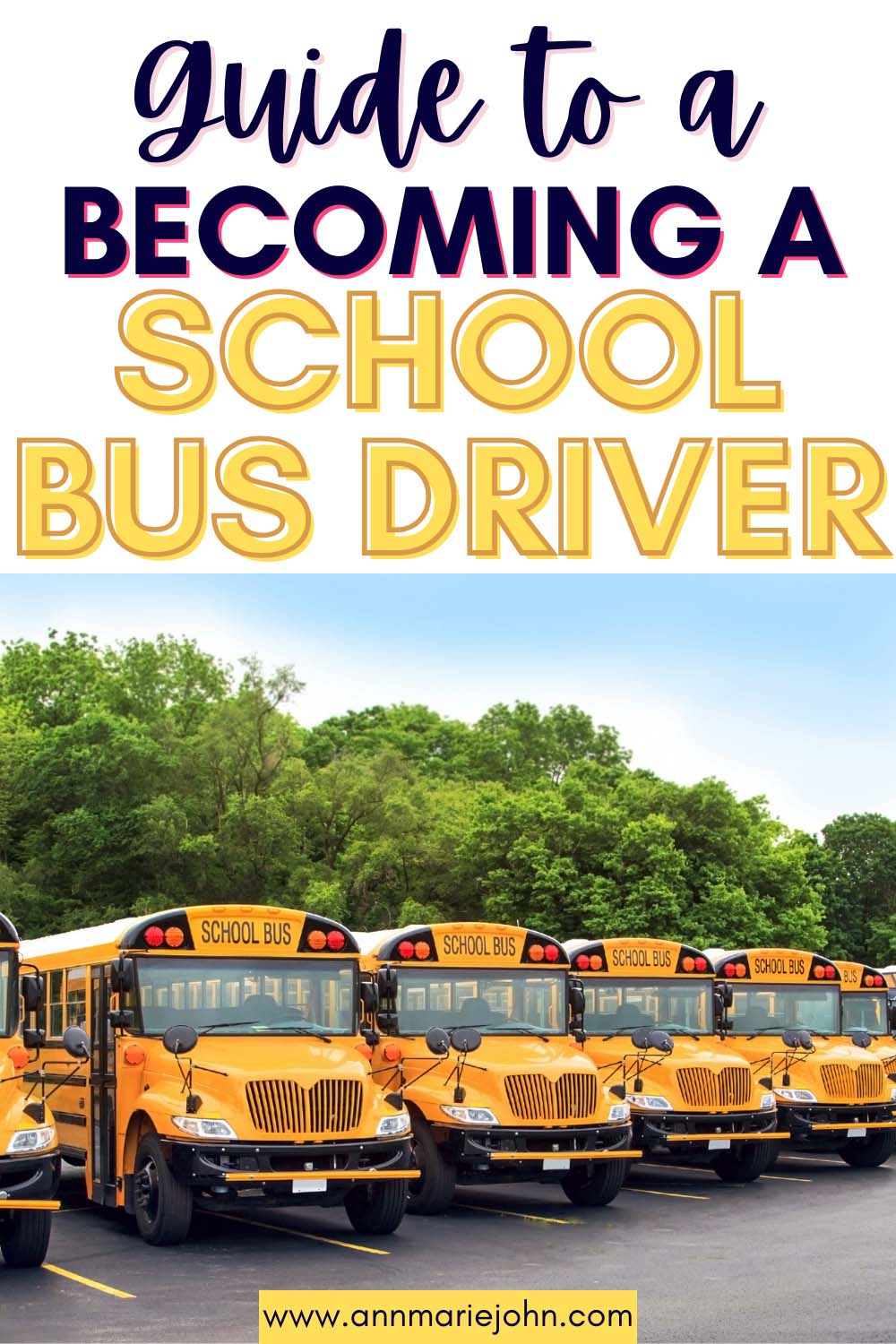Discover the vital steps to becoming a certified school bus driver. From CDL acquisition to safety protocols, ensure you’re ready for this rewarding career.

Driving a school bus is a unique and rewarding job. Every day, school bus drivers have the important task of safely transporting children to and from school. The school bus driver has the responsibility of making sure the children are safe and get to school and home, so it is a serious job.
This job requires a special blend of skills, including careful driving, patience, and genuine care for children’s well-being. If you enjoy working with kids or just want a job that truly makes a difference, becoming a school bus driver is an obvious choice. In this article, we will go over what it takes to become a school bus driver.

1. Get Licensed
To become a school bus driver, the first key step is obtaining the right Commercial Driver’s License (CDL). This license allows you to legally operate a school bus. The process begins with an understanding of the different classes of CDL. For school buses, you’ll generally need a Class B CDL. This class allows you to drive large vehicles, including school buses.
Next, you’ll need specific endorsements on your CDL. The most common for school bus drivers are the ‘S’ (School Bus) and ‘P’ (Passenger) endorsements. These show that you have the necessary skills to drive safely while transporting students.
Each state has its own specific requirements for obtaining a CDL for school bus driving. For example, in New York, driving schools like Ferrari Driving School in Queens, NY, offer specialized courses that are in line with state regulations. These programs often include both classroom instruction and practical driving experience.
2. Training and Certification
Training typically starts with an intensive program covering both classroom learning and practical driving experience. During this phase, drivers learn about driving a school bus, traffic and safety regulations, and best practices for safe driving.
Drivers are taught essential safety protocols, such as how to conduct a pre-trip vehicle inspection, recognize potential hazards, and ensure the bus is in good working order. Then, the bus needs to be checked when the route is finished. Things a driver needs to look out for are that there are no children on the bus when getting back to the barn and that nothing has damaged the vehicle.
School bus drivers are typically required to complete refresher courses regularly over the years. Sometimes regulations change and the driver needs to update their skills, or they just need to make sure that they are operating within the current guidelines.
3. Pass a Background Check and Drug Test
As school bus drivers are entrusted with the safety of students, a thorough background check and drug test are standard requirements. Ensure that your criminal record is clear of any disqualifying offenses, and be prepared to submit to a drug test. Clear any potential hurdles in your criminal record and be prepared to submit to a drug test.
Given the significant responsibility of ensuring student safety, a clean background and drug test are crucial for gaining the trust of parents, school administrators, and transportation authorities. These measures are in place to guarantee the safety and well-being of the students entrusted to your care.
4. Hone Your Skills
Being a successful school bus driver requires a specific set of skills and personal qualities. Patience is key, as drivers often work with children who may be noisy.
School bus drivers have the important task of transporting students safely, which means sticking with safety rules and schedules. You have to be dependable.
Effective communication skills are essential. Drivers need to communicate clearly with students, parents, school staff, and other road users. They should be able to provide instructions to students and discuss concerns with parents.
5. Gain Hands-On Experience:
Once you’ve completed your training and secured the required certifications, gaining practical experience is invaluable. Many aspiring school bus drivers undergo a period of supervised driving to become familiar with the intricacies of operating a school bus. This hands-on experience allows you to apply the theoretical knowledge gained during training, honing your skills under the guidance of experienced mentors.
During this phase, pay close attention to the nuances of maneuvering a school bus, managing student behavior, and handling unexpected situations. Demonstrating your ability to apply classroom learning in real-world scenarios enhances your confidence and ensures you are well-prepared for the challenges that may arise on your daily routes.
6. Obtain Additional Certifications:
Depending on your location and the specific requirements of the school district or transportation department, you may be required to obtain additional certifications. These could include first aid and CPR certifications, as well as specific training on handling students with disabilities. Being equipped with these additional certifications not only makes you a more versatile and capable school bus driver but also demonstrates your commitment to the safety and well-being of all students.
Stay informed about any continuing education requirements to ensure that your certifications remain up-to-date throughout your career.
7. Familiarize Yourself with Local Routes and Regulations:
A thorough understanding of local routes and traffic regulations is crucial for a school bus driver. Take the time to familiarize yourself with the specific routes you will be responsible for, including pick-up and drop-off points. Stay updated on any changes to routes or schedules, and be proactive in addressing any potential challenges, such as road closures or construction.
Additionally, keep abreast of local traffic laws and regulations that pertain to school buses. This includes understanding the appropriate speed limits, parking restrictions, and safety protocols. Compliance with these regulations is essential for maintaining the safety of your passengers and ensuring a smooth daily operation.
8. Embrace a Safety-First Mindset:
As a school bus driver, safety should always be your top priority. Continuously reinforce a safety-first mindset by conducting routine inspections of your bus, ensuring it is in optimal condition. Be vigilant about maintaining a safe and controlled environment within the bus, enforcing safety rules, and responding promptly to any emergencies.
Participate in ongoing safety training programs and stay informed about the latest safety protocols. Regularly review and practice emergency procedures, including evacuation drills, to ensure that you are well-prepared for any unexpected situations.
In Conclusion
Becoming a school bus driver involves a series of important steps, from meeting eligibility requirements to obtaining the necessary licenses and certifications. By understanding and following these steps, you can embark on a fulfilling career dedicated to ensuring the safety of students during their daily commute to school.
Stay informed about local regulations, continually update your skills, and embrace the responsibility that comes with being a school bus driver. Your commitment to safety will contribute to the well-being of the students you transport and make a positive impact on your community.
